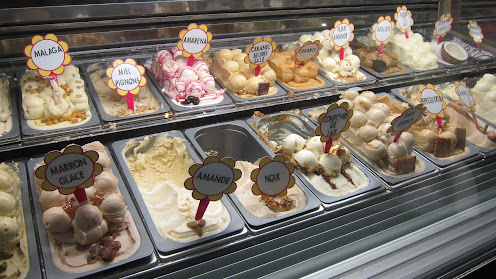Food Preservation by Freezing
Frozen vegetables and herbs, prepared foods, gourmet ice cream Since the introduction of frozen foods in the 1930s, the variety of frozen foods in supermarkets has increased significantly. In this article, Food Today describes the freezing food preservation process and its role in preserving food and providing convenience and diversity. The use of cold to preserve food dates back to prehistoric times when people used to snow and ice to keep hunting. Sir Francis Bacon is said to have suffered fatal pneumonia after trying to freeze his chicken by filling his carcass with snow. It was not until the 1930s that commercially frozen foods began to be sold after the discovery of the quick freezing method.
How does food be preserved by freezing?
Freezing slows spoilage and keeps food safe by preventing the growth of microorganisms and slowing down the enzymatic activity that spoils food. Water in food freezes into ice crystals, making water unavailable to the microorganisms needed for growth. However, most microorganisms (except parasites) survive freezing, so food should be handled safely both before and after thawing.
What is the effect of freezing on food?
Freezing has little effect on the nutritional content of food. Some fruits and vegetables are blanched (shortly soaked in boiling water) before freezing to inactivate enzymes and yeast and ruin the food in the freezer. During this process, some (15-20%) of vitamin C can be lost. Despite these losses, vegetables and fruits are best frozen immediately after harvest and often contain more nutrients than "fresh" counterparts. It may take several days for the harvested products to be sorted, shipped, and delivered to the store. During this time, vitamins and minerals can slowly be lost from food. Fresh berries and green vegetables can lose up to 15% vitamin C daily at room temperature. Proteins, vitamins A and D, and minerals are not compromised by freezing, so there is little loss of vitamins and minerals in frozen meat, fish, and chicken. A liquid containing water-soluble vitamins and mineral salts is lost during thawing, but if this liquid is not recovered, it will be lost during cooking.
Which Food should not be frozen?
The formation of ice crystals destroys cell membranes, and freezing can damage some foods. This does not adversely affect safety (it may even kill some bacterial cells), but food loses its crispness and firmness. Examples of foods that cannot tolerate freezing are lettuce vegetables, mushrooms, and soft fruits. High-fat foods, such as cream and some sauces, tend to separate when frozen. Commercial freezing freezes food rapidly, forming small ice crystals. As a result, there is less damage to the cell membranes and even less quality degradation.
For more articles on food Marketing, agrotech, and technology related to the Indian food industry, check out FMTmagazine. FMT Magazine is an edition of the German publication. It is a comprehensive food and beverage magazine that connects the buyers and the sellers through content that is of international quality. The magazine over the entire spectrum of the food industry including content on policies. FMT Magazine stands for Food Marketing & Technology Magazine. The magazine carries articles on ingredients, processing, packaging, food safety, and marketing, along with interviews with top personalities in the Indian food industry.

%20-%20Department%20of%20Consumer%20and%20FMCG%20Product%20Company%20%20Fmt%20Magazine.jpg)
Comments
Post a Comment